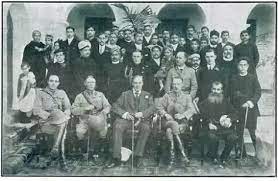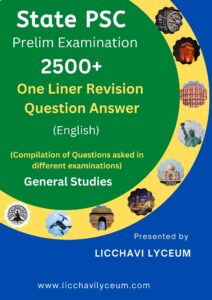The Safety Valve Theory has been used to explain the formation of the Indian National Congress in the late 19th century. According to this theory, the British colonial government allowed the formation of the Indian National Congress as a way to channel the growing discontent among the Indian population into a peaceful and manageable movement. In other words, the Congress was seen as a safety valve to release the growing pressure of nationalist sentiments in India, without posing a direct threat to British colonial rule.

The British colonial government was aware of the rising nationalist sentiments in India, especially after the 1857 Indian Rebellion, and realized that they needed to find a way to channel this sentiment into a peaceful movement that would not threaten their rule. The formation of the Indian National Congress in 1885 was seen as a way to achieve this goal.
The Congress was initially formed as a platform for Indian elites to voice their concerns and grievances to the British colonial government. The Congress leaders, who were mostly educated and wealthy Indians, were not initially interested in demanding complete independence from British rule. Instead, they sought to promote Indian interests within the British colonial system, and hoped to gain more representation and participation in the colonial government.
However, as the Congress gained popularity and support among the Indian population, its demands became more radical and nationalistic. The Congress began to demand greater political autonomy and representation for Indians in the colonial government, and eventually called for complete independence from British rule.
Despite its growing radicalism, the British colonial government continued to view the Congress as a safety valve for nationalist sentiments in India. They believed that by allowing the Congress to exist and express its views, they could prevent more violent and radical movements from emerging in India.
In conclusion, the Safety Valve Theory provides a useful explanation for the formation of the Indian National Congress and its role in the Indian nationalist movement. The British colonial government saw the Congress as a way to channel growing nationalist sentiment into a peaceful and manageable movement, and by doing so, hoped to maintain their control over India. However, as the Congress became more radical and demanded greater independence, the safety valve theory became less relevant, and the Indian nationalist movement grew more determined to achieve complete independence from British rule.
Important Links
